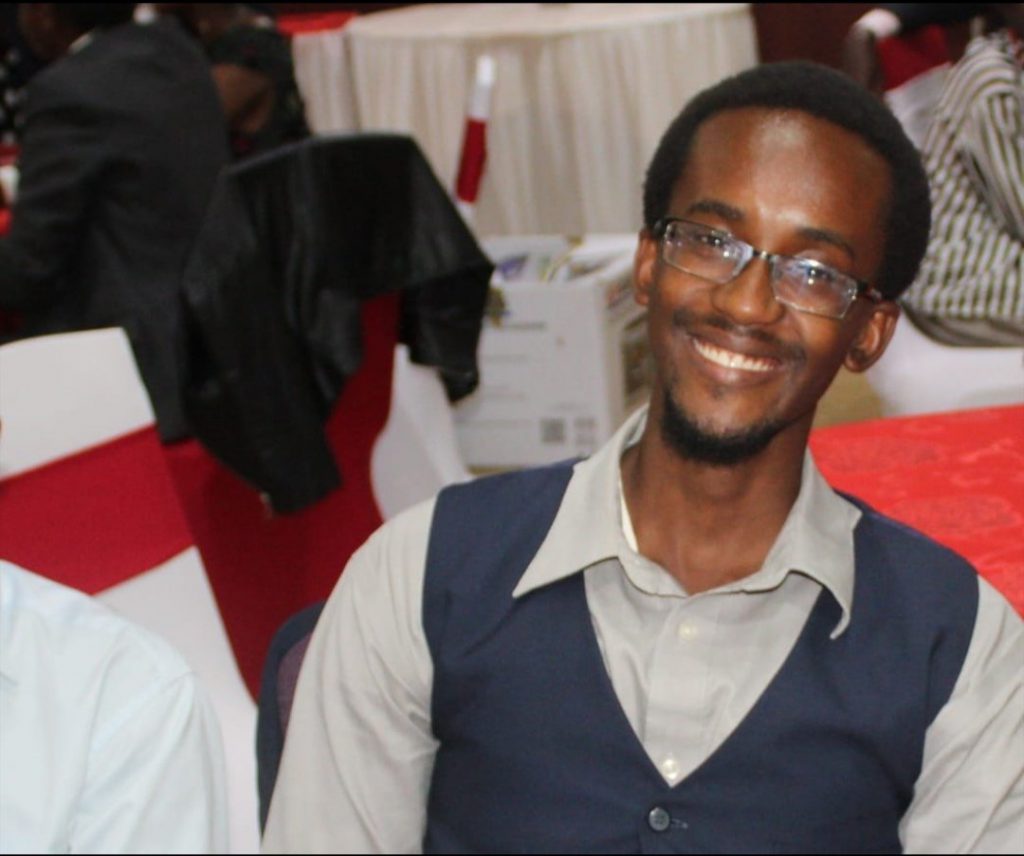I was hunched over my patient’s bed, trying to get a history in the best vernacular I could master, but I was distracted. I kept glancing outside the window at a young patient sitting on the grass, busking under the morning sun, seemingly without a care in the world.
If you didn’t know him, you wouldn’t believe that he was holding on to life by a single thread, sitting on a fence between life and death, where the slightest breeze could topple him over. His condition was a ticking bomb, and no one knew when it would explode.

When we were dividing beds amongst ourselves, his bed number was a number too high for our numbers, and so he was no one’s patient.
Yet every morning, the first thing we did after wearing our lab coats and making sure we hadn’t forgotten our name tags was to check on his condition. He had become our patient.
“How is his hemoglobin today?…5!”
“Well, at least it is better than the last time.”
“What about the platelet count?…6.5? ”
We were baffled because we knew the normal lower limit was 150. We found it hard to believe that someone with such values could still be alive. Yet there he was, throwing stones at a mango tree, hopping that he would get something to spice up the bland hospital food that he had been taking for so long.
I suspect the same questions crossed our minds every time we walked by his bed and our eyes met.
“He is so young…he is our age…it could have been any one of us…why him?”

It wasn’t long before the dam burst. We watched helplessly as our once jovial patient became bedridden and his light dwindled a little more every day. We could have taken a bone marrow sample from him so we could be sure of what he was suffering from, but who was going to stick a needle in him with those platelet counts?
We could have given him platelets but they had to come from Kenyatta National Hospital, which was near impossible. If only he could afford private hospital care, his outcome may have been different, the common tale in most public hospitals.
One morning, as we did our normal routine, lab coats and name tags in check, we noticed a patient on our patient’s bed, but he was not our patient. It was futile to ask about our patient’s condition, or where he had gone because we already knew. Deep down we hoped that perhaps he had been referred to another hospital or transferred to the ICU, but it was nearly without doubt. Our patient had died.
The same thoughts lingered.
He was so young… so much potential… why him… it could have been me…
We have all seen more deaths than we care to count, and yet we are still taken aback when our patient dies.

Subscribe to the blog for more updates and share widely. 2 more in this series to go!
Mueni’s comment : I particularly relate with this succinct narrative, because it reminds me of a patient in the Internal Medicine wards (when I was in 3rd year) whose story went a lot like this one. We knew all his details and everyone would pass by his room every day to say hello.
Well, grace to all medics, I’m sure many relate with this. I would love to hear your views or similar stories in the comments section.
Soli deo Gloria.
2 Comments
Leave a Reply to Ndirangu Cancel reply
This site uses Akismet to reduce spam. Learn how your comment data is processed.

Quite a read i must sayðŸ‘ðŸ‘
#KeepWriting #StayBlessed
Asanti